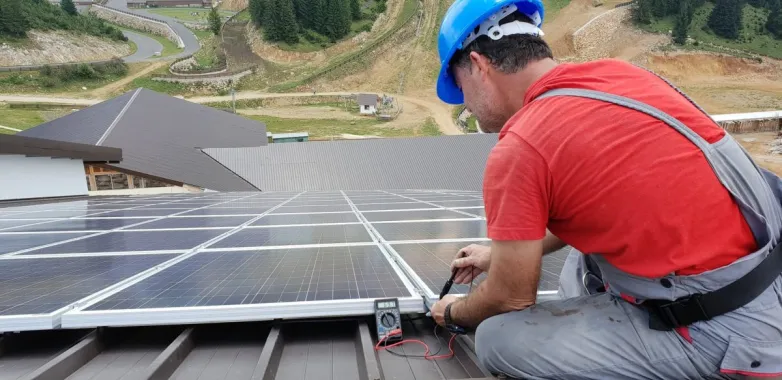Live fast, die young: MIT study proposes use of 10-year panels
Sep 24, 2019 03:07 PM ET
- Research has found even short-lived, 10 to 15-year solar panels could provide enough return for bankable projects. The researchers believe panel costs, coupled with an industry mindset now fixed on the final solar energy price rather than costs per kilowatt installed, may open opportunities for PV products currently snubbed because of a short lifecycle.

More efficient and lower-cost PV products with a shorter lifetime than the industry standard 25-30 years may open new opportunities for project developers and plant owners in the years ahead, according to a study by MIT researchers.
In the paper Accelerating Photovoltaic Market Entry with Module Replacement, published in Joule, the researchers presented a module replacement strategy enabling project owners to achieve a profitable levelized cost of energy (LCOE) with PV modules with an expected life cycle of less than 15 years.
According to the study, panel replacement could help shorter-lived PV technologies currently excluded from the market enter the mainstream as long as they will last at least ten years, have a conversion efficiency above 20% and cost no more than $0.30/W.
“Emerging PV technologies with [a less-than] 15-year initial life can reach a competitive LCOE,” stated the report.
LCOE key
The key change which may open the door for shorter-lived panels is the reduction in panel prices which has ensured balance of system costs now make up most of the expense of solar projects. “That means that, as long as newer solar panels are electrically and physically compatible with the racking and electrical systems it can make economic sense to replace the panels with newer, better ones as they become available, while reusing the rest of the system,” stated the study.
The researchers analyzed a 100 MW solar park built with a tracker system, a 200 kW commercial rooftop system and a 6 kW residential array. For the analysis they relied on benchmark parameters from the U.S. Department of Energy’s National Renewable Energy Laboratory; assumptions about the future development of PV technology, financing and module recycling; and four independent tools for calculating LCOE.
“In all three installation types they found – depending on the particulars of local conditions – replacement with new modules after 10 to 15 years could in many cases provide economic advantages while maintaining the many environmental and emissions-reduction benefits of solar power,” the research team said.
The authors of the paper hope their findings will help shift the belief a minimum 25-year panel lifetime is required for profitability. “If someone comes up with a new technology with a 10-year lifetime no one is going to look at it,” stated the study. “That’s considered common knowledge in the field and it’s kind of crippling.”
Impact on recycling industry
The adoption of ‘more disposable’ PV technologies, while offering a more sustainable revenue stream for solar manufacturers, would have huge implications for the recycling of solar products. The PV recycling industry is making advances in the knowledge the first significant volumes of end-of-life panels will emerge in the next decade.
According to Bertrand Lempkowicz, communication, marketing and PR manager at recycling body PV Cycle, a ten-year panel could provide returns for investors, based on a six to seven-year payback period for the product. “But, to an ecological perspective, a panel with a lifetime of 25 years should be more interesting,” Lempkowicz told pv magazine. “From a recycler perspective, having lower lifetimes means more waste and should help to lower the recycling price.”
Another important factor, according to Lempkowicz, is that 20-year PV panels can continue to provide 80% of their initial power output two decades after deployment, with performance tending to be higher in residential arrays. “Regarding industrial installations, where re-powering is to be expected due to the capacity of [new] modules increasing constantly, a 10 or 15-year lifetime should be enough,” he said. “For them, changing early their power plant is an investment and those modules will probably never reach 20 or 25 years before being replaced.”
Also read
- UbiQD Secures Landmark Quantum Dot Deal with First Solar
- Astronergy Invests $53M in Tandem Solar Cell Project
- ARENA Unveils $39M Solar Innovation Funding Round
- CNNP Optoelectronics brings utility-scale perovskite modules out of the lab
- Low-Temperature Sequential Deposition Lifts Inverted Perovskite Solar Cells Efficiency Record
